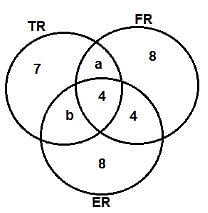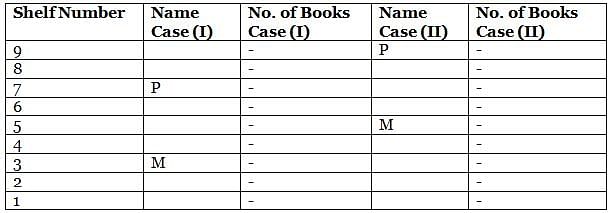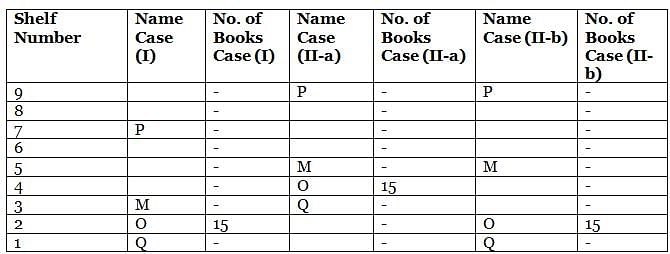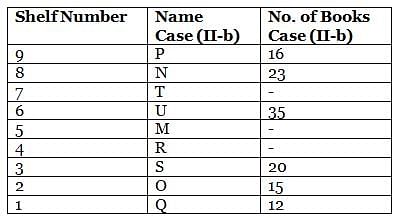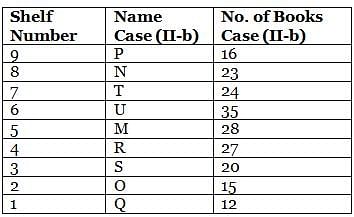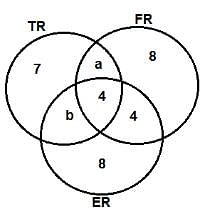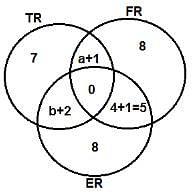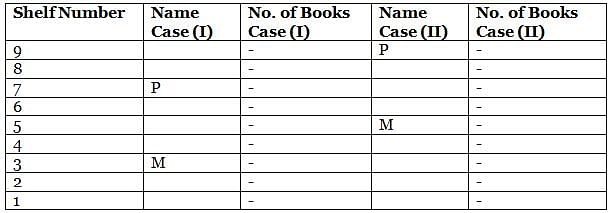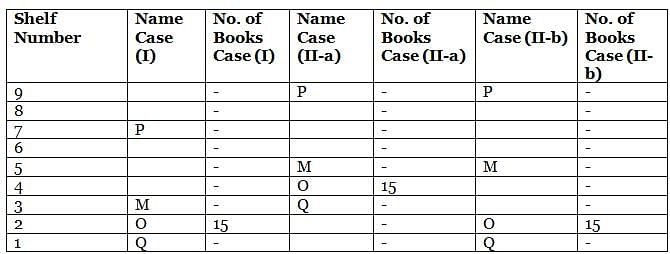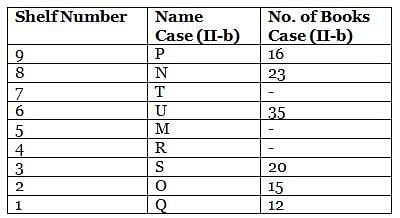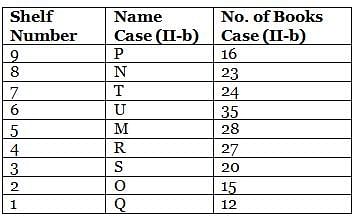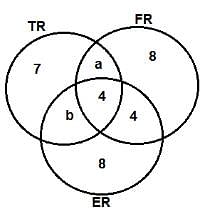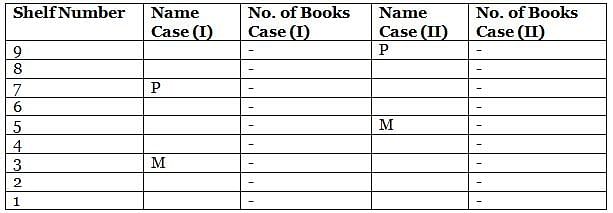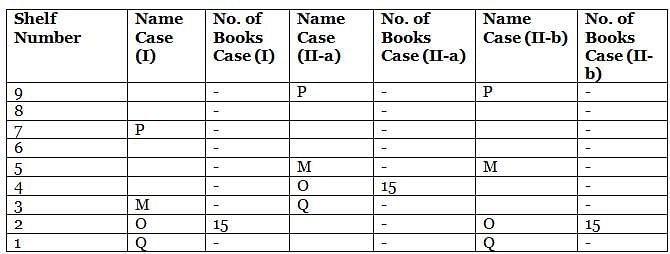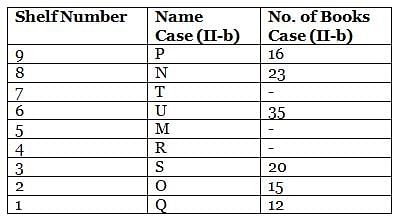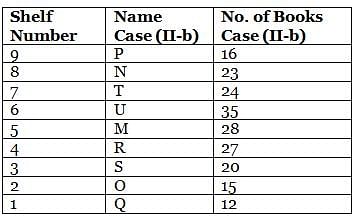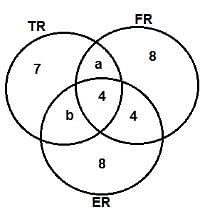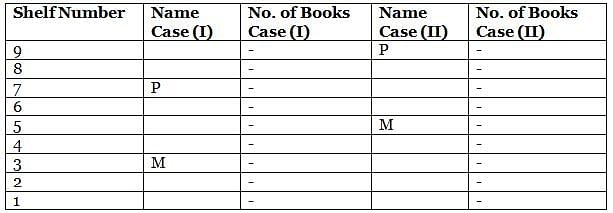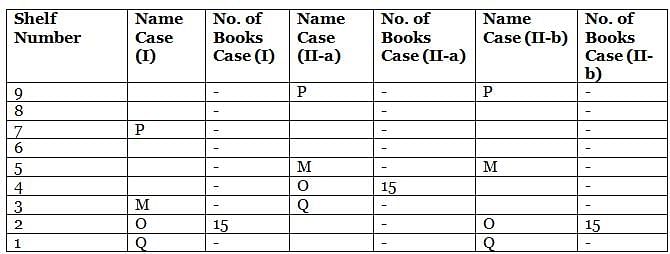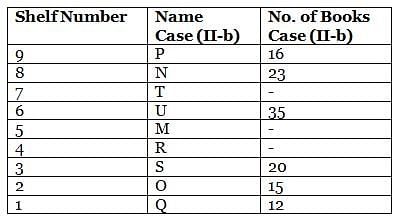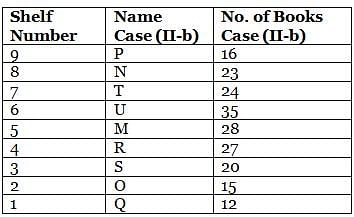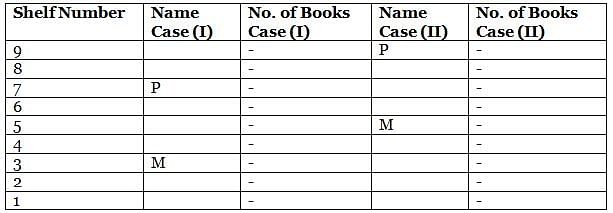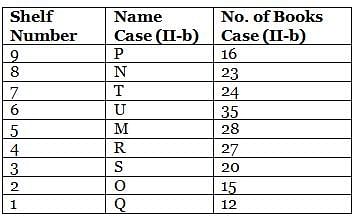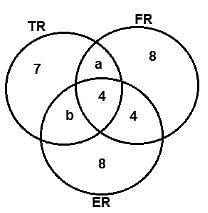Test: CAT Logical Reasoning & Data Interpretation- 4 (October 17) - CAT MCQ
20 Questions MCQ Test Daily Test for CAT Preparation - Test: CAT Logical Reasoning & Data Interpretation- 4 (October 17)
If two out of the four registration numbers are multiples of 10, then what is the registration number of grey car?
Based on the given information, the least number of volunteers involved in both the FR and TR projects but not in the ER project is __________.
Which among the following shelves contains the most number of books?
Which of the following is a pair of students who are not from same college and neither have they won medals in the same race event?
Which of the following statements necessarily follows after this rearrangement?
How many cars have a registration number with either of the middle two digits same as either of the extreme two digits?
What is the registration number of white car?
What is the total of the books on shelves 7 and 3?
Which of the following is true?
Which of the following statements is correct?
1. H and G are from same College.
2. D and H are from same College.
3. E and G are from same College.
4. A and E are from same College.
Who among the following is from college X?
How many shelves are there below shelf M?
How many students from college Y won 200 m race?
How many of the four cars have a registration number which is a multiple of 3? Key in the correct value.
Which of the projects now has the highest number of volunteers?
Which of the following statements is correct?
How many shelves are there between shelves T and 6?
Find the odd one out.
What is the sum of registration numbers of red car and black car?
Which of the following additional pieces of information would enable to find the exact number of volunteers involved in the various projects?
|
152 docs|327 tests
|


